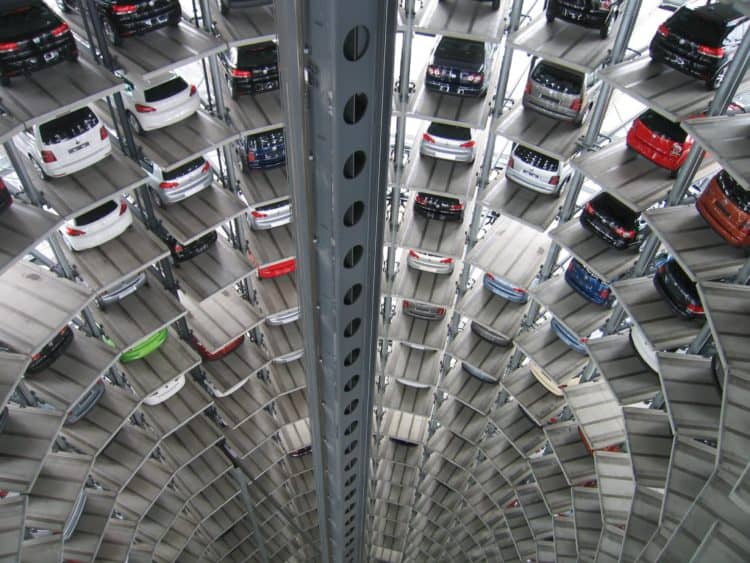Industrial robots have been used in manufacturing facilities for decades now. Most are designed to stay within a specific section of the factory floor. Industrial robotics is seeing a fresh injection in life as manufacturers increasingly embark on the journey of automation.
The revenues of commercial robots in manufacturing are forecasted to grow from US$166 million in 2018 to US$22 billion by 2027, according to ABI Research, a market-foresight advisory firm providing strategic guidance on the most compelling transformative technologies.
The newest trend is complementary robotics technologies that put mobile robots on the factory floor. Made up of automated guided vehicles (AGVs) and autonomous mobile robots (AMRs), these robots will complement existing robotic arms in factories that are increasingly becoming more autonomous and smarter.
There has been plenty of debate within the industry on the different benefits of AGVs and AMRs. While AGVs are a much cheaper precursor to AMRs, they require floor markers to guide their movement and are more ideal in greenfield deployments. For those wanting infrastructure-free navigation and flexible production line, AMRs represent the future standard.
Seegrid and MiR are the two leading suppliers of AMR to the manufacturing sector.
Ultimately, manufacturers will benefit from either of these solutions as they can push carts and deliver parts within or between the factories, optimizing workflows, minimizing workplace hazards, and freeing up valuable staff resources.
“The advancements in machine vision, simultaneous localization and mapping (SLAM), swarm intelligence, and sensor fusion are making it possible for mobile robots to operate in unstructured environments such as the factory warehouse and the assembly area,” said Lian Jye Su, Principal Analyst at ABI Research. “These technologies are being supported by many cameras and sensors, such as LiDAR and radar. Moving forward, the robot can benefit from the integration of deep learning algorithms with sensor fusion and swarm intelligence.”
In addition, as factories undergo digital transformation, more factories will start to adopt smart manufacturing platforms. With this development, the value proposition of cloud robotics becomes more relevant.
Nonetheless, there are still many challenges related to the adoption and deployment of cloud robotics. Data security, data analytics, and the power of cloud computing will have to be in place before connecting any robot to an industrial cloud platform.
As robotic technologies continue to mature, different vendors are starting to engage in ecosystem play. Universal Robot, the world’s largest collaborative robot arm vendor, has its own ecosystem called UR+, which features over 50 partners in grippers, accessories, and software platforms.
This is further augmented by the acquisition of MiR, an AMR vendor, by Teradyne, Universal Robot’s parent company, in April 2018. Teradyne currently owns both collaborative robotic arm and AMR technology under one roof, providing an end-to-end solution for manufacturers.
“The Industrial factory embrace of collaborative robots, AGVs, and AMRs indicates that manufacturers are also embracing versatility and modularity. The increasing number of stock keeping units (SKUs) and short product life cycles necessitate the deployment of robotics solutions that can be retrained and redeployed for different manufacturing processes and factory layouts,” Su concluded.



